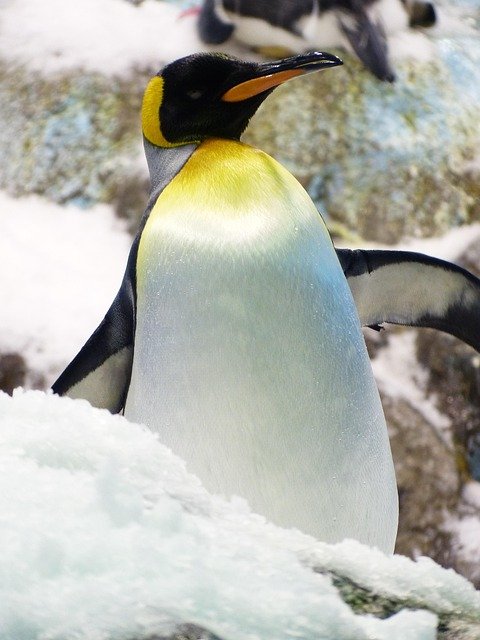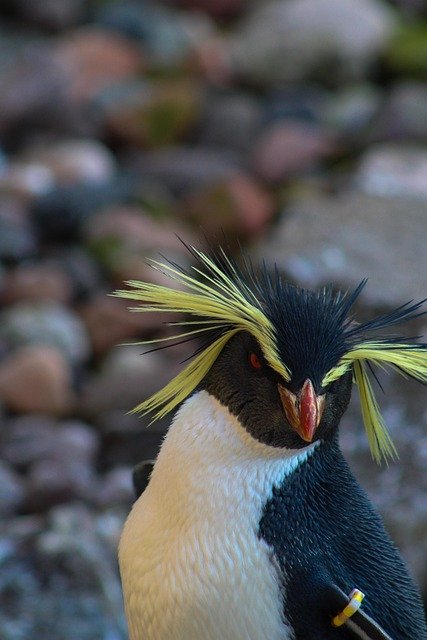**Title: "The Social Life of Penguins: A Deep Dive into Their Unique Communication and Social Structures

The Social Life of Penguins: A Deep Dive into Their Unique Communication and Social Structures
Penguins have long captured the fascination of wildlife enthusiasts and researchers alike. These flightless birds, primarily found in the Southern Hemisphere, exhibit fascinating social behaviors and communication methods that are essential for their survival. In this post, we will explore the intricate social structures of penguin colonies, their unique communication techniques, and the importance of social interaction in their daily lives.
The Penguin Colony: A Close-Knit Community
Penguins are highly social animals that thrive in large colonies, sometimes numbering in the thousands. These colonies provide numerous benefits, including:
Protection from Predators: By living in groups, penguins can better defend themselves against predators such as seals and birds of prey. The sheer number of individuals makes it challenging for predators to target a single penguin.
Thermoregulation: In harsh, cold environments, penguins huddle together to conserve warmth. This behavior is particularly vital during the breeding season when adults are vulnerable and need to keep their eggs and chicks warm.
Resource Sharing: Living in colonies allows penguins to share information about food sources. When one penguin finds a rich feeding area, others can follow, increasing their chances of finding food.
Communication: The Language of Penguins
Penguins have developed a variety of vocalizations and body language to communicate with one another. Here are some key aspects of their communication:
Vocalizations
Calls: Penguins use distinct calls to identify themselves and communicate with their mates and chicks. Each species has unique vocalizations, and individual penguins can recognize the calls of their partners, even in a crowded colony.
Chirps and Honks: Different types of sounds, such as chirps and honks, can convey specific messages, ranging from alarm calls to mating calls. These vocalizations are crucial during the breeding season when penguins are establishing pair bonds.
Body Language
Posturing: Penguins use body language to express emotions and intentions. For example, a penguin may raise its flippers or puff out its chest to assert dominance or attract a mate.
Preening: Grooming behaviors not only help maintain their feathers but also serve as a social bonding activity between mates or within groups.
Social Structures: Hierarchies and Roles
Within penguin colonies, social structures can vary by species. Some key points include:
Mating Pairs: Penguins often form monogamous pairs for the breeding season. These partnerships are crucial for raising their young, with both parents taking turns incubating eggs and feeding chicks.
Dominance Hierarchies: Some species exhibit dominance hierarchies, where more dominant individuals may have better access to resources and mates. This structure can influence breeding success and survival rates.
Chick Rearing: In species like the Emperor Penguin, both parents are involved in rearing their chicks. This cooperative breeding strategy enhances the survival of the young in a challenging environment.
Conclusion
The social life of penguins is a remarkable testament to their adaptability and resilience in the face of environmental challenges. Through their complex communication methods and social structures, these fascinating birds demonstrate the importance of community and cooperation in the animal kingdom. As researchers continue to study penguins, we gain valuable insights into their behavior, which can help inform conservation efforts and ensure the survival of these remarkable creatures for generations to come.
Feel free to share your thoughts or experiences with penguins in the comments below! What fascinates you most about these incredible birds?
